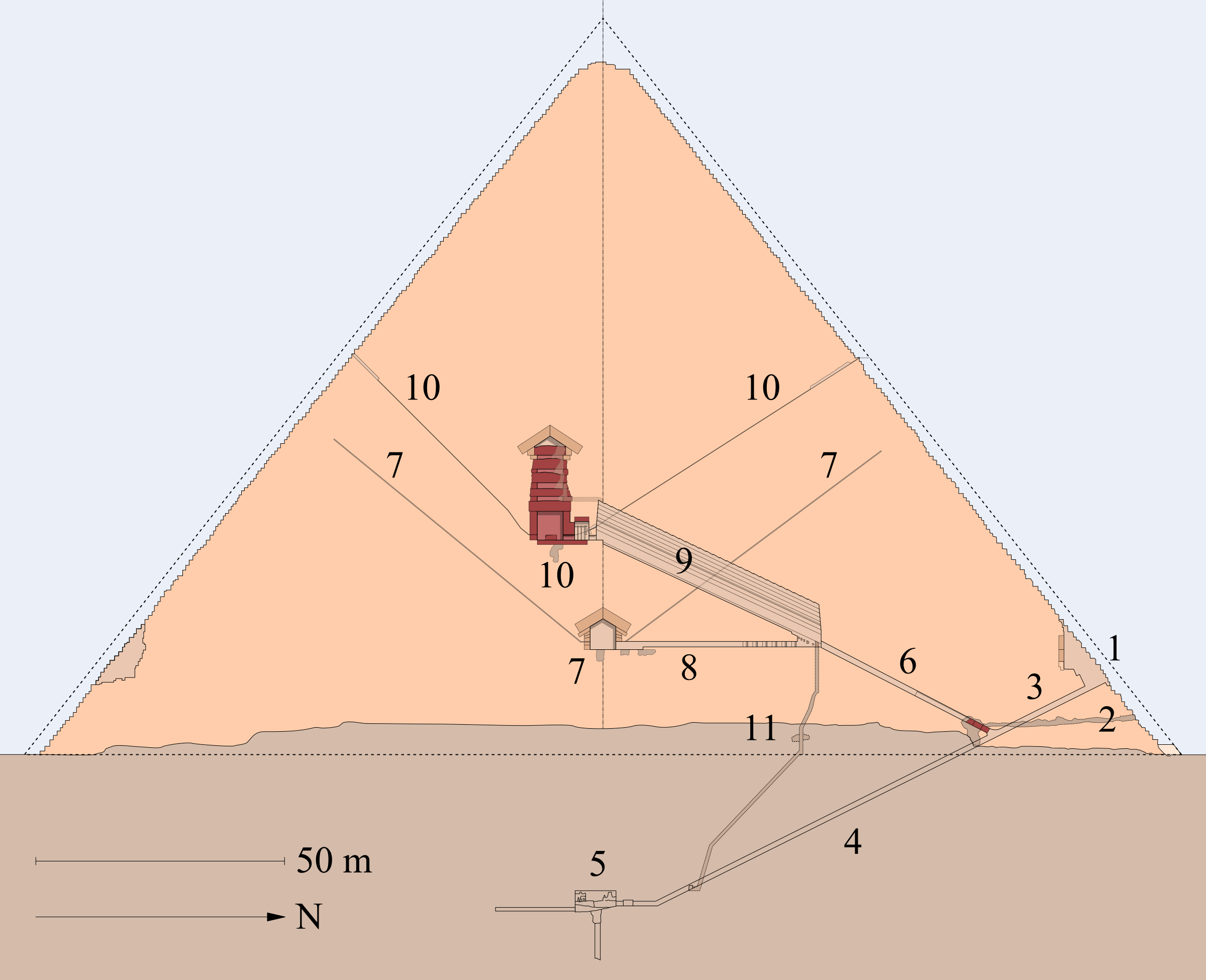America’s highways were the crowded envy of the world, a midcentury engineering marvel that connected a massive country with high-speed lanes and high-volume trucking. But as they cut through cities, the barriers formed by the highway system often had racial meaning and intent.
Nearly fully funded by federal dollars but often guided by local discretion, highways running through Black neighborhoods segregated and displaced Black people while opening up real estate opportunities largely captured by suburban whites.
Why We Wrote This
The urban renewal era helped some communities prosper while decimating others – with the fault lines typically falling according to race. Chattanooga, Tennessee, hopes to bridge that divide.
“The devastation was systematic and complete,” destroying community commerce and paving over history, all with little compensation for those impacted, says Robert Bullard, co-editor of “Highway Robbery.”
In Tennessee, Chattanooga’s Westside housing project exemplifies the point. Hemmed on nearly all sides by highways, it is a physical manifestation of the economic and social dislocation caused by a massive infrastructure project.
Cities reckoning with a similar legacy from the urban renewal era are making efforts to mitigate the harm done. But Chattanooga is ahead of the curve in having experience with downsizing roads and in engaging the community in planning. It’s also taking seriously this punch list by Dr. Bullard: Involve impacted communities, convert land to mixed-income housing to discourage gentrification, and put a premium on preserving local culture.
Chattanooga, Tenn.
When the freeways came to Chattanooga over half a century ago, Black neighborhoods like Violet Hill and Blue Goose Hollow disappeared into the dirt, sacrificed to asphalt.
Notched between Lookout Mountain and Raccoon Mountain, the city rose to 11th place in the U.S. for per capita spending on new highway projects during the urban renewal era. At the same time, Chattanooga built Westside, a 200-acre, warren-like public housing project for those displaced by what many white Americans saw simply as progress.
Several generations later, the brick tenements are now a “distressed asset,” set for the wrecking ball.
Why We Wrote This
The urban renewal era helped some communities prosper while decimating others – with the fault lines typically falling according to race. Chattanooga, Tennessee, hopes to bridge that divide.
Hemmed on nearly all sides by highways, Westside is a physical manifestation of the economic and social dislocation caused by some of America’s massive infrastructure projects. Peter Norton, associate professor of history in the engineering school at the University of Virginia, calls it “the Berlin Wall effect.”
Embedded in the highways that wall off Westside are values that, at least in the past, accepted taxpayer-funded disconnection of Americans based on race, class, and the ability to fight back politically. Today, the area is so cut off from grocery stores that foodstuffs dominate the local black market.

Now the question for Chattanooga – and elsewhere – is whether those poured-in-cement values are changing. Across the country, cities are grappling with the effects of urban renewal and, in some cases, trying to redress the harm done. They hope that removing or modifying highways can restore economic, social, and cultural exchanges to places once walled off by concrete.
“There are plenty of cases where can be removed or redesigned as boulevards to benefit the local community,” says Dr. Norton.
What do smaller roads offer?
Chattanooga, for one, already has learned the power of downsizing. When it turned Riverside Parkway from a four-lane trucking road to a two-lane boulevard in 2004, it saw a renaissance. Real estate values boomed as the riverfront became accessible to developers. Westside didn’t feel the benefits of that boom, though.
“In a way the risk here is that, in trying to undo the damage of urban renewal … we might repeat it. Some of these highway redesign efforts have a gentrifying effect, and that doesn’t improve the equity picture,” says Dr. Norton, who is also the author of “Fighting Traffic.”
Indeed, whether such effects can be guided equitably is far from clear for cities from New Orleans to Miami, as municipal leaders try to balance demands for social equity with the needs of some 250 million U.S. drivers, many of them stuck in weekday gridlock.
“Something has got to give, and the thing that can’t give is … road capacity,” says Gary Biller, president of the National Motorists Association, an advocacy group in Waunakee, Wisconsin. “So, count us as skeptics when it comes to the reimagining of city life and urban living, because a lot of it is theoretical. People still do need to get around.”
Yet experience doesn’t bear out many drivers’ worst fears. Like Chattanooga’s downsizing, Seattle, San Francisco, Boston, and Rochester have all removed or modified major highways without dramatically increasing commute times. (Those times, in cities such as Boston, were already high.) In nearly all those cases, local communities have benefited, while drivers have found other routes or made different traveling decisions.

Patrik Jonsson/The Christian Science Monitor
A bicyclist works his way down Riverside Parkway in Chattanooga on Sept. 11, 2021. Once a four-lane highway with only two access points to downtown, Riverside Parkway is now a tree-lined, two-lane boulevard with lots of crossing points. The 2004 boulevard conversion led to a riverfront renaissance in the city. Whether that success can be replicated to help the city’s poorer residents is now the question.
How did we get here?
Despite the headaches and heartaches, America’s highways are the crowded envy of the world, a midcentury engineering marvel that connected a massive country with high-speed lanes and high-volume trucking – in some ways, the cornerstone of the nation’s world-leading $22.7 trillion gross domestic product.
But as they cut through cities, the barriers formed by the highway system often had racial meaning and intent.
Former Atlanta Mayor William Hartsfield spoke plainly when he said the new interstates planned in the late 1950s would serve as “the boundary between the white and Negro communities.” But it wasn’t just a Southern issue. Chicago’s interstates in many ways still serve as racial boundaries, notes Dr. Norton.
Nearly fully funded by federal dollars but often guided by local discretion, highways running through Black neighborhoods served a purpose besides simply segregating Black people – and displacing more than a million people. The highways opened up real estate opportunities largely captured by suburban whites.
“The devastation was systematic and complete” as highways displaced homeowners and renters, destroying community commerce and paving over history, all with little compensation for those impacted, says Robert Bullard, co-editor of “Highway Robbery” and professor of urban planning and environmental policy at Texas Christian University. “The infrastructure that was being put in place was destructive infrastructure, was discriminatory infrastructure.”
One win in an ongoing battle
Americans have seen the potential for such damage all along.
In the Fairfax, Virginia, neighborhood of Gum Springs, founded by a Black man once enslaved by George Washington’s family, local residents took to the streets as early as 1967. They protested a proposed highway expansion by pulling a casket across the highway.
Neighbors won that fight. But they are again facing a proposed expansion of the Richmond Highway. Notably, Gum Springs is the only stretch where there’s thought of expanding to 13 lanes. Local groups have already succeeded in delaying a county vote on the proposal.
When building highways through poorer communities, “you are separating and dividing the Black community socially and culturally, and you are also eroding the heritage of the community,” says Gum Springs resident Queenie Cox.
Basically, the effort to scale back the Gum Springs expansion, she says, is “just having equity and being treated like the other communities in the Mount Vernon district.”
Ms. Cox knows that push for equity faces tremendous forces.
Massive new highway projects are planned to alleviate traffic in Orlando, Florida; Austin, Texas; and Charleston, South Carolina, to name a few. Some would require more razing of so-called sacrifice communities.

Patrik Jonsson/The Christian Science Monitor
Dorothy Talley sits on her stoop in Chattanooga’s Westside neighborhood on Sept. 11, 2021. A lifelong resident of the massive low-income housing project, Ms. Talley is skeptical about whether a planned redevelopment of the 200-acre area will actually benefit the people who live there. Part of the plan is to modify highway infrastructure that hems in the projects in order to reconnect the neighborhood with the city’s downtown.
Addressing aging roads and redressing harm
The moment catches America at a crossroads: Much of its highway infrastructure is approaching its engineered lifespan. Meanwhile, about 100 million more people now live in the U.S. than when these roads were first built. But the need goes beyond updating or replacing what exists.
President Joe Biden’s original infrastructure bill included $20 billion to remove or modify highways to boost prospects for poorer Americans living in those areas. And even though Senate negotiations slashed that amount to $1 billion, and the bill’s fate is currently unclear in the House, about 30 U.S. cities are looking into ways to deconstruct.
As part of a Florida Department of Transportation campaign, Overtown, a historically Black neighborhood in Miami decimated by a highway overpass in the 1960s, is getting a redesigned intersection to improve access, provide park space, and connect the community to Biscayne Bay. In Atlanta, leaders are considering an idea called The Stitch that would reconnect downtown across the asphalt gorge known as the Connector. New Orleans is closer to removing the Claiborne Expressway that splits and overshadows the historic Treme neighborhood.
But with its experience downsizing and a community-based approach to urban planning this time around, Chattanooga is ahead of the curve. The city is among the first to plan for infrastructure changes that would directly address past hurts.
Eric Myers, executive director of the Chattanooga Design Studio, is leading community input sessions that have included town halls and street fairs. Part of the gambit is to reimpose a block structure that he says is key for neighborhoods to thrive. The group, he says, is looking at how structures can be modified to improve access and flow. Also, the extent to which the city’s experiences with Riverside Parkway and its bike paths can be extended to Westside, he says, will likely be key to an urban reunion effort that, planners hope, would benefit a more diverse group of Chattanoogans.
As part of these conversations, the city is taking seriously a punch list by Dr. Bullard: Involve impacted communities, convert land to mixed-income housing to discourage gentrification, and put a premium on preserving local culture.
“The question we are all trying to answer is, how do we knit and stitch Westside together back into downtown so it’s not physically and socially isolated?” says Mr. Myers.
Dorothy Talley, a lifelong resident of the Westside neighborhood, counts herself among the skeptics. That the same government that once tore neighborhoods up is now going to reckon with that legacy by opening up Westside for development that will somehow, in the end, benefit poor people seems to her a bit, well, rich.
“I feel like we are being told another tale,” she says.
Others are more hopeful. The damage wrought by the highways can’t be completely undone, says Joseph “Jo-Jo” Koller, another longtime Westside resident. But he has watched how the shift of Riverside Parkway dramatically reshaped the city nearly overnight.
If those benefits can be extended to the people of Westside, it would seem to him a long overdue acknowledgment of the impact of highways on humanity.
“We may be poor, but we are still here. We’re still breathing,” says Mr. Koller. “We’re human beings, too.”
Note: This article have been indexed to our site. We do not claim ownership or copyright of any of the content above. To see the article at original source Click Here








